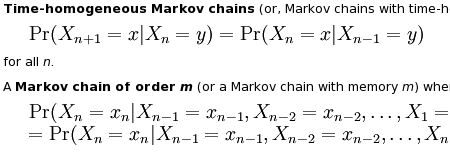Cyprus Mail reports that the construction of the new University of Cyprus library has begun. It will take a while, so the doors are expected to open some time in September, 2014. While reading through the article, one particular paragraph took me a while to understand.
The library’s collection, which will be housed in an impressive dome-shaped building holding around 600,000 books, more than 30,000 magazines and 40,000 books all in digital format plus 10,000 audio books and 150 databases. Its contents will be accessible to all Cypriots.
My first thought was that the library will hold 600,000 books in digital format and that the new building is being constructed to accommodate that storage. I thought that was a bit excessive. After all, I used to have an e-book library of more than a 1,000 titles and they were living nicely on a single hard disk. Digital storage is cheap these days and the size of drives keep growing. How much space does one need to store 600,000 books in digital form? – I thought.
The size of books in my collection are somewhere between 500 kilobytes to a couple of megabytes. Let’s assume 1 megabyte for an average book. How much space is there on a modern hard drive? I’ll assume 2 TB (terabytes). How many average books can we store on such a disk? 2 TB / 1 MB = 2,000,000,000,000 / 1,000,000 = 2,000,000. I know, I’m approximating things a lot with terabytes, megabytes, and average book sizes. But with a single 2 TB disk holding 2,000,000 books, give or take, I don’t think a new building is in order. 3 TB and 4 TB hard disks exist already. By September 2014 we’ll probably have way more than that. Even a few of those connected together for backups, “150 databases” and such will provide a lot of storage, while being the size of a device that is easy to hide at home. New building? Really?
Of course, once I re-read the paragraph a few times, I realized that I’m on a totally wrong foot here. It read more like:
- 600,000 books (print)
- 30,000 magazines and 40,000 books (digital)
- 10,000 audio books (digital)
- 150 databases (digital?)
While the digital part of that library will easily fit on one or two hard drives, the 600,000 printed books collection does indeed need some storage space.
I am all for knowledge and education, and I’m glad that this effort is being taken and that all these books will be available to all Cypriots. But if I was to express a wish, I’d say : please push for digitizing all those books and make them available on-line. Cyprus is good, but why not share with the rest of the world? Especially now that we do have the technology.
